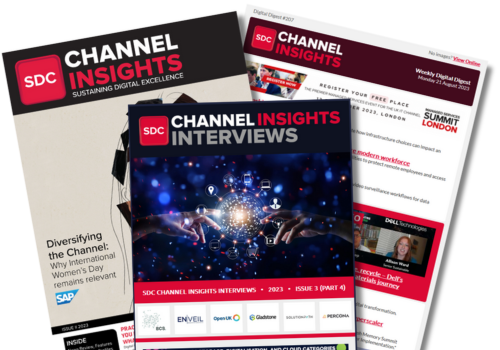What happens when AI stops being a choice?
Well, that moment is here. It’s no longer just forward-looking tech companies that are starting to require use of AI as part of their daily jobs. Telstra - the largest telecommunications provider in Australia - has recently mandated AI usage across all of its roles, signalling that enterprise AI is no longer experimental - it’s compulsory. Expect other industries to follow suit.
It’s not a huge surprise. McKinsey estimates AI could unlock $4.4 trillion in annual productivity gains from corporate use cases alone; in the end, it’s a race and no company wants to fall behind.
But how this shift is communicated to employees will impact everything from morale to business outcomes; without the right support, it erodes confidence and autonomy.
If AI is going to scale sustainably in this capacity, it needs to feel empowering rather than imposed. So how do you make this happen?
The danger of mandates without meaning
Rolling out AI across an organisation might look like progress on paper. You can install AI software on every device in your organisation, but that doesn’t mean it’s being used effectively or that your employees feel comfortable with it.
Mandates without understanding create resistance. Especially when employees are still unsure what AI actually means for their specific roles. Will it save them time, or steal their job? These are real concerns, and unless they’re addressed openly, top-down AI rollouts risk triggering more confusion than confidence.
The answer lies in making AI adoption feel natural, not forced.
Make AI a co-worker, not a replacement
The companies seeing the most sustainable gains from AI are the ones embedding it into day-to-day workflows in ways that feel intuitive and useful. They let employees engage with AI on their own terms.
This begins with how you frame the technology. AI should be positioned as a tool that augments, not replaces, human judgment. Something that supports smarter decision-making, automates repetitive tasks and gives people more time to focus on what matters. When employees see AI as an ally rather than an adversary, they engage with it much more freely and adoption becomes much easier, and much more meaningful.
And the numbers back it up. Industries more exposed to AI are already seeing three times the growth in revenue per worker compared to those less exposed.
But those gains only come when people trust the technology. Right now, there’s a clear disconnect: while 54% of C-suite leaders believe generative AI is delivering value, just 35% of employees feel the same. That trust gap points to a deeper issue - the message isn’t resonating where it matters most.
To bridge that gap, success depends on AI tools being embedded into the systems people already use, designed with real user input, and simple enough for non-technical teams to customise and experiment with confidently.
Tools people actually want to use
This is where intuitive platforms come into play. When employees can adapt and personalise AI tools to fit their unique needs, without writing code, they’re more likely to use them.
No-code agentic platforms are a key enabler here. They let users automate tasks, generate reports and build their own agentic workflows using simple visual tools: no coding required. This means no waiting for IT to get things done. This accelerates the building of new AI capabilities, which offer intelligent suggestions, surface insights and accelerate decision-making.
It’s the difference between delegation and empowerment. A sales manager can use AI to analyse pipeline health and generate personalised outreach in minutes. A compliance officer can automate audit preparation with AI-generated summaries and no-code logic.
This works because the people closest to the work maintain control.
Build adoption through culture, not just tech
This isn’t just about interfaces and workflows, of course. It’s about trust.
Employees need to believe that the AI systems they’re using are reliable, transparent and aligned with company values. This means providing visibility into how recommendations are made, ensuring regulatory compliance and maintaining human oversight.
Equally important is creating an environment where teams feel empowered to experiment - without fear of failure or constant oversight. Adoption tends to take root in cultures that prioritise learning, autonomy, and gradual improvement. When people feel safe exploring new tools, embrace follows naturally. This creates the foundation for lasting change.
The mandate wave is coming, but the playbook is yours
AI mandates will likely become standard practice. Once industry leaders set the pace, competitors must follow to stay relevant.
Organisations that thrive will treat AI as a mindset shift, recognising that lasting value comes from equipping people to drive change rather than forcing compliance. They'll embed AI into everyday work while respecting human expertise, encouraging collaboration and enabling smart risk-taking. As a result, it will create superior growth for the innovators who harness it. Intelligent agents will soon become core members of the enterprise workforce, and companies that fail to adapt risk obsolescence; those who lead will set the standard for an entirely new era of enterprise productivity and innovation.
The shift is accelerating. The mandates are coming. Will you be ready to implement them in ways that empower rather than alienate your workforce? Because this is what sustainable AI adoption looks like.





